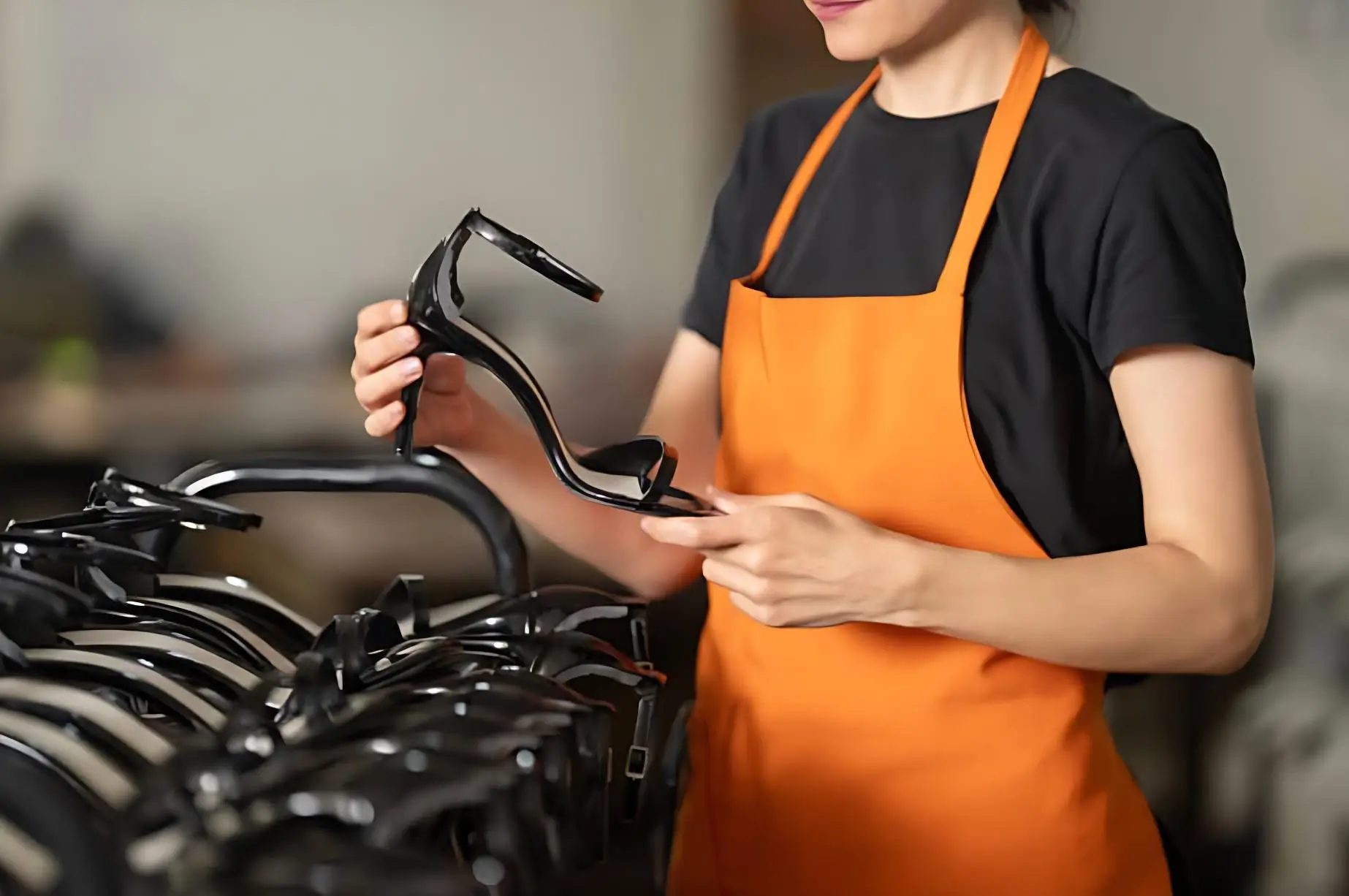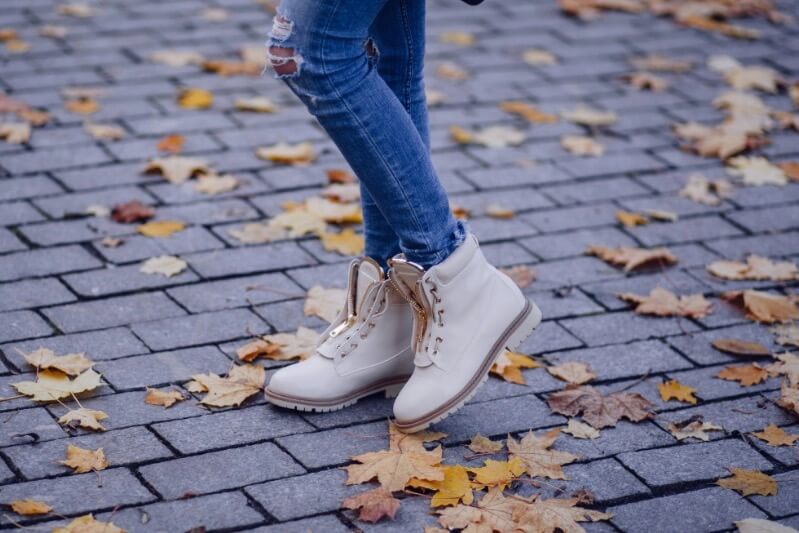You’re a brand owner. You’re a buyer. You know the question “Where are these made?” is a big deal. Your business depends on a supply chain that delivers quality shoes on time, every time.
We’re going to pull back the curtain on how Brooks Running’s manufacturing really works. We will look at everything. We’ll see the raw materials and the final shoe in the box.
We looked into their strategy. We’ll show you how they manage the crazy global market. We will see how they avoid tariffs. And we will see how they use new tech like robots and 3D printing. No fluff. Just the information you actually need for your business.
Let’s get started.
Where Are Brooks Running Shoes Made? A Look at Their Global Factories
So, where is the final shoe assembled?
Brooks is a Berkshire Hathaway company. They sell gear in over 50 countries. And they are very open about their supply chain. They signed the Transparency Pledge. This means they actually publish a list of their main factories. That shows real confidence.
Here’s a quick look at their Tier 1 factories (where assembly happens) as of early 2024:
Vietnam is their main hub. Brooks uses 9 different factories there.
Taiwan has 2 factories.
Indonesia and the Philippines each have 1 factory.
They also have 1 factory in the USA, 1 in El Salvador, and 1 in Peru.
That one US factory is interesting. What’s it for? Probably for quick-turnaround orders for the American market. Or maybe it’s for specialized, high-tech shoes.
You’ll see names like Vietory and Long Rich on their factory list. Brooks doesn’t own these factories. They hire them to build the shoes. This is a common and flexible strategy.
Here is a great example. Back in 2019, the U.S.-China trade war was getting serious. Brooks had to avoid huge tariffs. So they made a huge decision. They moved most of their shoe production from China to Vietnam. This was a massive pivot. That single decision moved around 8,000 jobs and redrew their entire supply map. Their goal was clear: get 65% of their shoes from Vietnam and cut China down to just 10%. A smart move to dodge those tariffs.
The Brooks Supply Chain Explained: It’s Deeper Than You Think
A shoe isn’t made in one factory. You have to understand the different tiers of the supply chain.
Tier 4: This is the basic raw stuff. Think chemicals for foam or the raw materials for rubber.
Tier 3: Here, those raw materials are processed. They become usable things like plastic pellets or rubber sheets.
Tier 2: This is where actual shoe parts are made. The soles, the laces, the fabrics for the upper, all the little eyelets.
Tier 1: This is the final assembly factory we talked about before. It’s where all the parts come together to become a shoe.
Brooks works hard to track all of this. They even use special software called TrusTrace to see what’s happening at every level.
And where do all those parts come from? It’s a worldwide operation.
China is still a huge source for components (Tier 2). Brooks has 72 partner factories making parts there.
Vietnam is not far behind with 62 component factories.
Taiwan has 26.
Even the USA has a few key suppliers, like The Sock Factory in North Carolina.
So that shoe with the “Made in Vietnam” tag? Its journey started long before that. The parts probably came from China, Taiwan, and maybe even the US. This matters a lot when you have special tech, like their DNA Loft nitrogen-injected soles. You need a reliable and traceable supply chain to make that work.
How Brooks Manufacturing Evolved: From Ballet Slippers to a Running Giant
Brooks didn’t start out making running shoes. The company was founded in 1914 in Philadelphia. You won’t believe what they made first.
Ballet slippers.
In the 1920s, they started making shoes for other sports, like baseball cleats.
In the 1970s, the running boom hit America. Brooks saw a chance and took it. They created the Brooks Vantage. It was one of the first shoes with an EVA midsole, a huge leap in technology at the time.
Then in the 1980s, disaster struck. A factory they used in Puerto Rico made a bad batch of shoes. The company went bankrupt. This was a hard lesson, one that every brand owner worries about: offshore production can go wrong. Badly.
From the 1990s to today, they rebuilt. They made a very bold move in 2001. They cut more than half their products. They decided to focus only on running. This was the key. They learned that focus is everything. Instead of being average in a bunch of sports, they decided to be the best at running. That’s when they created their big hits, like the Beast and the Adrenaline GTS.
The story shows that knowing your niche is critical. Brooks found theirs and completely owned it.
Ethics and Sustainability: Why It Matters to Your Customers
You know this already. Your customers care where their products come from. And they want to buy from brands that do the right thing. Brooks understands this.
They take ethical sourcing seriously. Here’s the proof:
They publish their factory list. Like we said, they are part of the Transparency Pledge. No secrets.
They have a strict rulebook. Every factory must follow their Supplier Code of Conduct. This covers fair wages, safe working conditions, and zero child or forced labor.
They check on their factories. They don’t just send an email with the rules. They hire independent auditors to visit and inspect the factories every year.
They innovate for the planet. Back in 2008, Brooks made BioMoGo, the first biodegradable midsole. And get this—they gave the formula away. For free. Their thinking was that if everyone used it, the planet would be better off. That shows they’re not just thinking about next quarter’s sales.
Risks in the Brooks Manufacturing Strategy: What Could Go Wrong?
A global supply chain like this has its own set of problems. As a buyer, you need to know the risks.
Politics and Trade Wars. The move from China to Vietnam is the perfect example. A new government or a new tariff can wreck your whole production plan overnight.
Shipping Nightmares. We all remember the pandemic. Ports get backed up. Shipping containers get lost. Freight costs explode. A single problem at one port can delay your products for months.
Rising Costs. Labor costs in Asia are going up. A country that is cheap today might not be tomorrow. Brands are always calculating this. It’s forcing them to look at automation or even “reshoring” (moving production closer to home).
The Future of Brooks Running Manufacturing: What’s Next?
Brooks isn’t standing still. Here’s where they are probably headed.
More Robots. The pandemic pushed them to make their warehouses smarter. They now use LocusBots—small, self-driving robots—to help workers pick and pack orders way faster than a person could. You can expect to see more of this automation inside the factories themselves.
3D Printing is Here. This is a big deal. Brooks just announced a new shoe, the Exhilarate-BL, with a 3D-printed midsole. It’s a limited release for now, but it’s a look at the future. It could lead to on-demand shoe making, right near your customers, with amazing levels of customization.
Smarter Sourcing. They will likely keep diversifying their suppliers. They don’t want to depend too much on one country for their materials. That’s just smart business.
- Closing the Loop. They started with a biodegradable sole. What’s next? Probably a full recycling program. Think about programs where customers return old shoes. Then those shoes get turned into new ones. That’s where the industry is going.
Frequently Asked Questions
1. What is the key difference between a multi-tiered supply chain (like Brooks’s) and just having a factory?
A multi-tiered supply chain involves a whole network of partners, from raw material suppliers (Tier 4) to component manufacturers (Tier 2) and the final assembly factory (Tier 1). The key difference is control and transparency. A brand like Brooks actively manages this entire network to ensure quality and ethical standards at every level. Just having a factory gives you control over the final assembly, but a great partner (like Jinhua Shoes) will help you manage the entire supply chain.
2. Brooks shifted production from China to Vietnam due to tariffs. Is China still a good place to manufacture shoes?
Yes, absolutely. As the article shows, even Brooks maintains a significant presence in China, especially for materials and components (Tier 2). The decision to shift is a complex one. While Vietnam offers lower labor costs, China has an unparalleled, mature, and integrated supply chain ecosystem. For brands that require complex designs, innovative materials, flexible MOQs, and faster speed-to-market, China often remains the superior choice.
3. What is the single biggest lesson a new brand can learn from Brooks’s manufacturing strategy?
The biggest lesson is adaptability. Brooks’s history shows a constant evolution—from diversifying their products, to focusing solely on running, to shifting their production base in response to geopolitical events, and now embracing new technologies like 3D printing. The key takeaway for a new brand is that you must build a supply chain and choose a manufacturing partner that is flexible and resilient enough to adapt to a constantly changing global market.
Final Takeaways: Lessons from a Global Leader
As we’ve seen, the story of Brooks Running’s manufacturing strategy is a masterclass in adaptation. Their journey—from domestic production to navigating global trade wars and embracing new technologies like 3D printing—offers powerful lessons for any ambitious footwear brand.
Success in this industry isn’t about having a single factory; it’s about building a resilient, transparent, and innovative supply chain. It’s about finding a partner who can help you navigate the complexities of global sourcing, control your quality, and adapt to a constantly changing market.
At Jinhua Shoes, this is our entire philosophy. We have spent over 15 years helping brands build exactly these kinds of powerful supply chains. From our home in Wenzhou, China’s shoe capital, we’ve been the trusted OEM & ODM engine behind leading brands and retailers across five continents, turning their unique visions into reality.
If the challenges and opportunities in this guide resonate with you, and you’re ready to build your own success story, we’re ready to listen.
Got a project in mind? Let’s turn it into reality. Send your project details to our expert team by email to start the conversation.
📧 Email: sales@jinhuashoes.com
(You’ll get personalized expert feedback within 12 hours.)



